Technological Innovations
Technological advancements play a crucial role in shaping the Flexographic Printing Machine Market. Innovations such as digital integration, automation, and improved ink formulations are enhancing the efficiency and quality of flexographic printing. For instance, the introduction of advanced anilox rollers and photopolymer plates has significantly improved print quality and reduced waste. Market data indicates that the adoption of these technologies is expected to increase productivity by up to 30%, allowing manufacturers to meet tight deadlines and reduce operational costs. Additionally, the integration of Industry 4.0 technologies, such as IoT and data analytics, is enabling real-time monitoring and predictive maintenance, further driving the demand for modern flexographic printing machines. As these innovations continue to evolve, they are likely to attract more players into the market, fostering a competitive environment.
Rising Demand for Flexible Packaging
The Flexographic Printing Machine Market is experiencing a notable increase in demand for flexible packaging solutions. This trend is driven by the growing consumer preference for lightweight, portable, and easy-to-use packaging options. According to recent data, the flexible packaging segment is projected to grow at a compound annual growth rate of approximately 4.5% over the next few years. This growth is attributed to the versatility of flexographic printing, which allows for high-quality graphics and designs on various substrates. As manufacturers seek to meet consumer expectations, the adoption of flexographic printing machines is likely to rise, thereby enhancing the overall market landscape. Furthermore, the ability of these machines to produce vibrant colors and intricate designs makes them a preferred choice for brands aiming to stand out in a competitive market.
Customization and Short-Run Production
The Flexographic Printing Machine Market is witnessing a surge in demand for customization and short-run production capabilities. As brands increasingly seek to differentiate themselves, the ability to produce customized packaging solutions is becoming essential. Flexographic printing machines are particularly well-suited for short-run jobs due to their quick setup times and flexibility in design changes. Market analysis indicates that the short-run packaging segment is expected to grow at a rate of 5% annually, driven by the rise of e-commerce and personalized products. This trend is encouraging manufacturers to invest in advanced flexographic technologies that can accommodate smaller production runs without compromising quality. Consequently, the ability to offer tailored solutions is likely to enhance competitiveness and profitability in the flexographic printing market.
Growth of E-Commerce and Online Retail
The expansion of e-commerce and online retail is significantly influencing the Flexographic Printing Machine Market. As more consumers turn to online shopping, the demand for efficient and attractive packaging solutions is on the rise. E-commerce businesses require packaging that not only protects products during transit but also enhances brand visibility. Recent statistics indicate that e-commerce sales are projected to reach USD 6 trillion by 2024, creating a substantial opportunity for flexographic printing machines that can produce high-quality packaging at scale. Additionally, the need for quick turnaround times and cost-effective solutions is driving manufacturers to adopt flexographic printing technologies. This trend is likely to continue, as the e-commerce sector evolves and demands innovative packaging solutions that cater to diverse consumer preferences.
Sustainability and Eco-Friendly Practices
Sustainability initiatives are becoming increasingly important within the Flexographic Printing Machine Market. As environmental concerns rise, manufacturers are seeking eco-friendly printing solutions that minimize waste and reduce carbon footprints. The shift towards sustainable materials, such as water-based inks and recyclable substrates, is gaining traction. Recent studies suggest that the market for sustainable packaging is expected to reach USD 500 billion by 2027, indicating a strong potential for flexographic printing machines that align with these eco-conscious trends. Furthermore, regulatory pressures and consumer demand for sustainable practices are prompting companies to invest in technologies that support environmentally friendly printing processes. This focus on sustainability not only enhances brand reputation but also opens new avenues for growth within the flexographic printing sector.


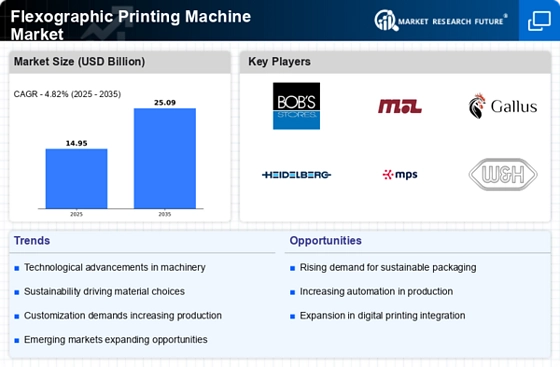
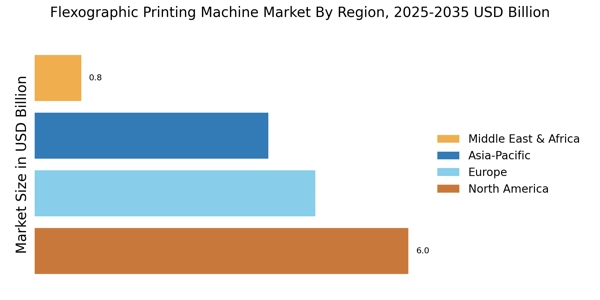
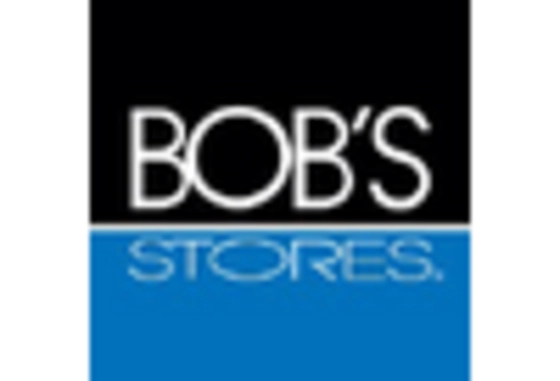

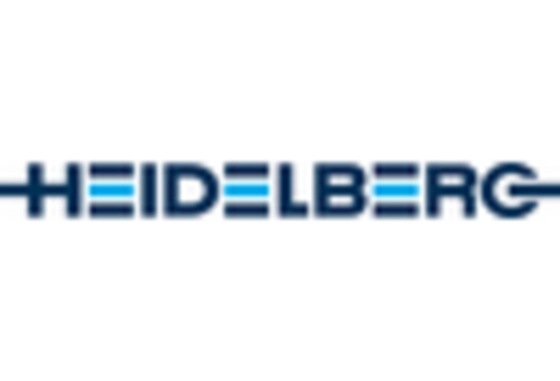

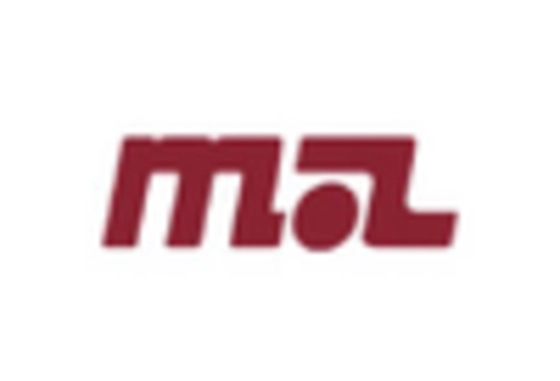
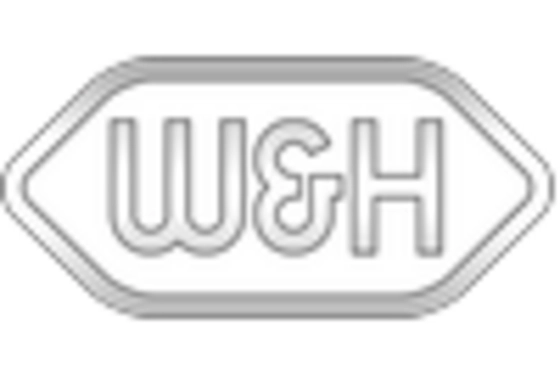








Leave a Comment